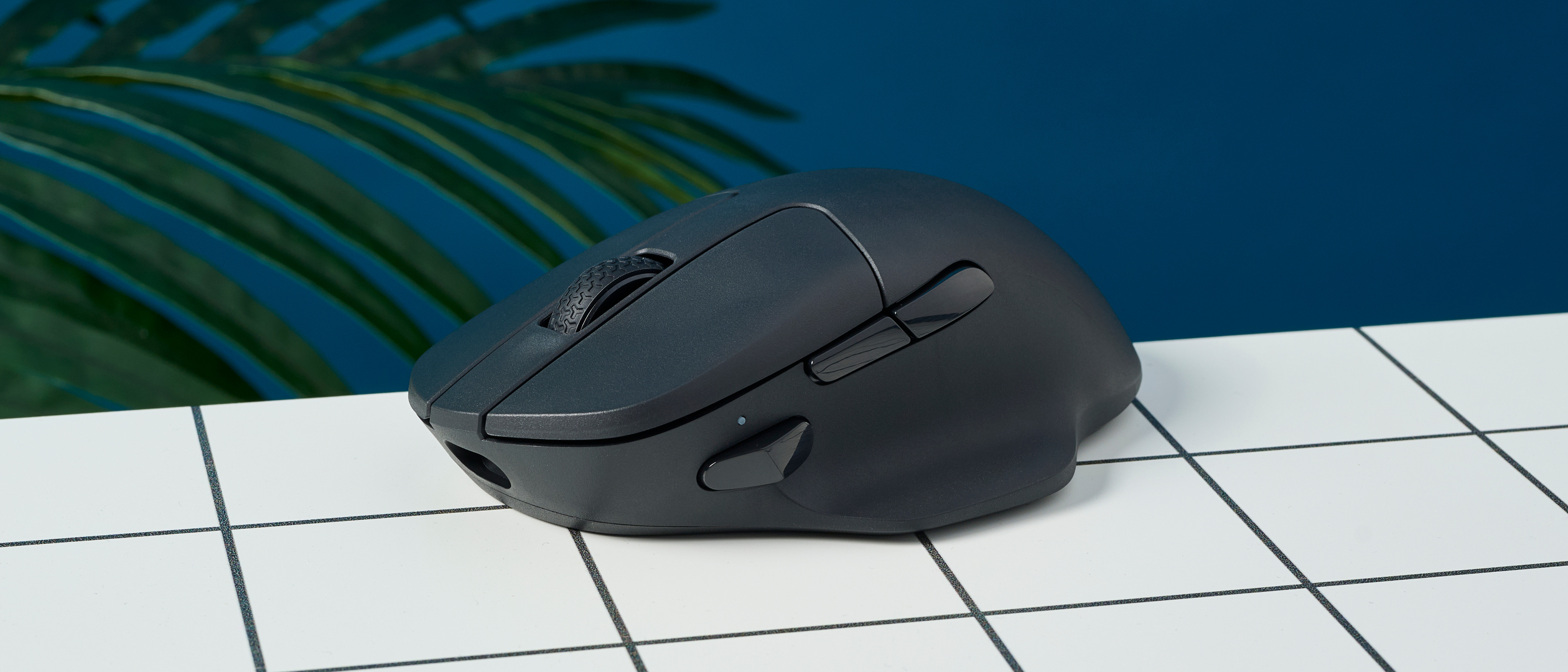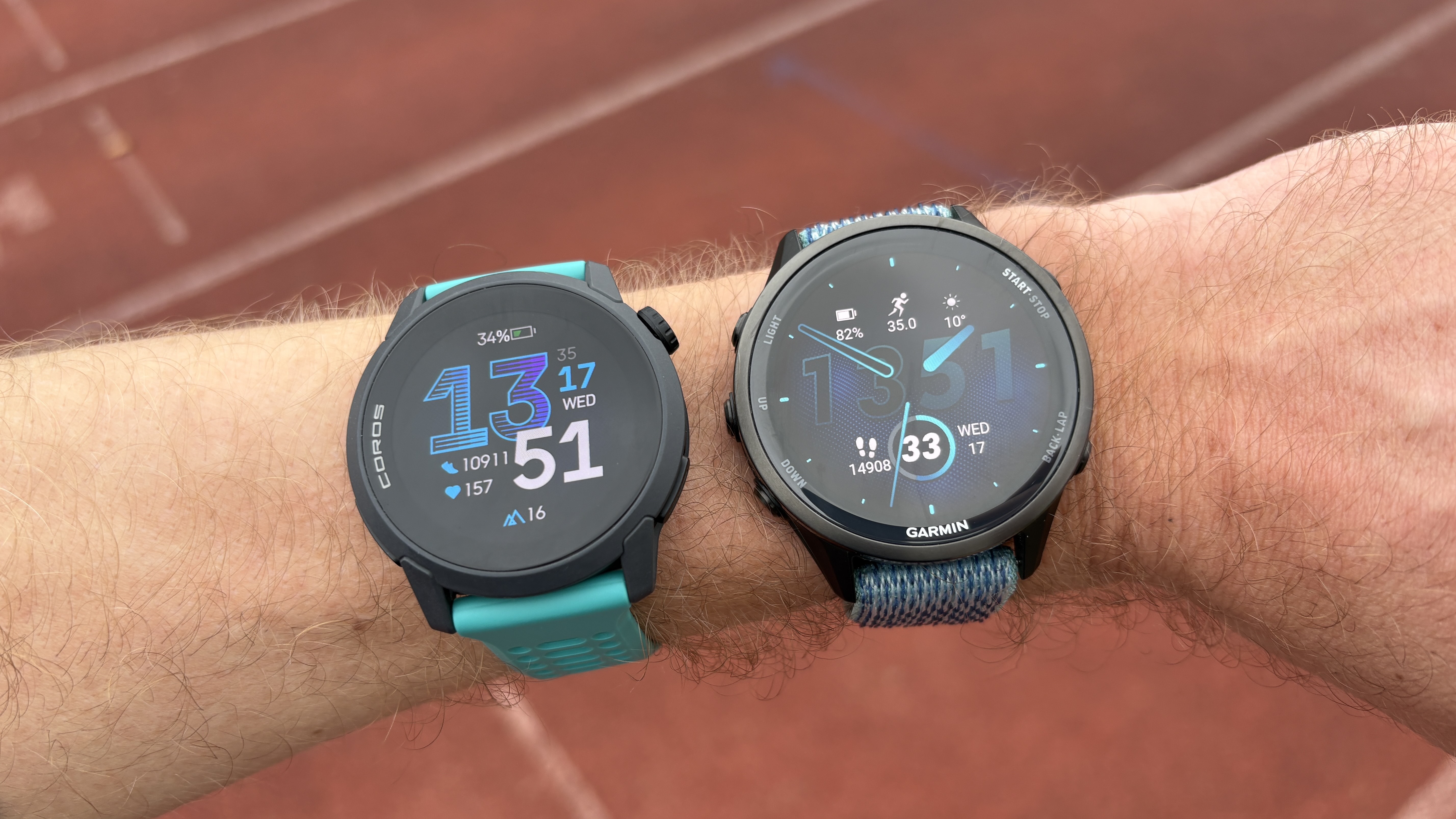Tom's Guide Verdict
The Keychron M7 is a high-performing gaming mouse with a maximum DPI of 26,000 and a 1,000Hz polling rate which make it a compelling choice for FPS and RPGs. With a lightweight yet sturdy body, this is an ergonomically-friendly mouse for right-handed people. However, there’s no onboard dongle storage, its battery life is disappointing, and there’s no left-handed variation.
Pros
- +
Ergonomics
- +
Gaming performance
- +
Great for productivity
- +
Versatile connectivity options
- +
User-friendly companion software
Cons
- -
Substandard battery life
- -
No onboard dongle storage
- -
No left-handed version
Why you can trust Tom's Guide
Keychron is well-known for making great mechanical keyboards, but it makes some of the best gaming mice too. The Keychron M7 recently joined the arsenal as an excellent gaming mouse that’s ergonomically-friendly. And the best part? It costs only $49.
The M7 is a lightweight yet sturdy mouse that gets ergonomics right — for right-handed folks, at least. Its thumb rest keeps things comfortable even when you’re working or gaming for extended periods, and the mouse is suitable for both palm and claw grips.
Predominantly a gaming mouse with a 1,000Hz polling rate and maximum DPI of 26,000 for precise movements, the M7 also doubles as a great productivity mouse. However, a few issues let down this otherwise amazing mouse.
So could this be the best cheap gaming mouse for you? Read my full Keychron M7 review to find out.
Keychron M7 review: Specs
| Specs | Keychron M7 |
|---|---|
| Price | $49 / £49 |
| Max DPI | 26,000 |
| Polling rate | 1,000Hz (2.4 GHz / wired), 125Hz (Bluetooth) |
| Switches | Huano Micro |
| Switches lifespan | 80 million clicks |
| Buttons | 8 |
| Size | 5.02 x 3.03 x 1.59 inches |
| Weight | 2.2 ounces (63g) |
| Colors | Black, white |
| Body material | Plastic |
| Design | Right-handed ergonomic |
| Operating system | macOS, Windows |
| Connectivity modes | Wired, Bluetooth 5.1, 2.4GHz dongle |
| Battery | 600mAh |
| Battery life (rated) | 70 hours |
| Lighting | No |
Keychron M7 review: Cheat sheet
- What is it? An right-handed ergonomic gaming mouse
- Who is it for? For casual right-handed gamers on a budget
- How much does it cost? The Keychron M7 is available for $49 / £49
- What do we like? It’s very comfortable to use, boasts great gaming and productivity performance, has versatile connectivity modes and user-friendly companion software
- What don’t we like? There’s no onboard dongle storage, and battery life is subpar
Keychron M7 review: The ups
Priced at $49, the Keychron M7 has more to offer than you’d expect — from its stellar gaming performance and versatile connectivity modes to its ergonomic design and companion software.
Ergonomics done right
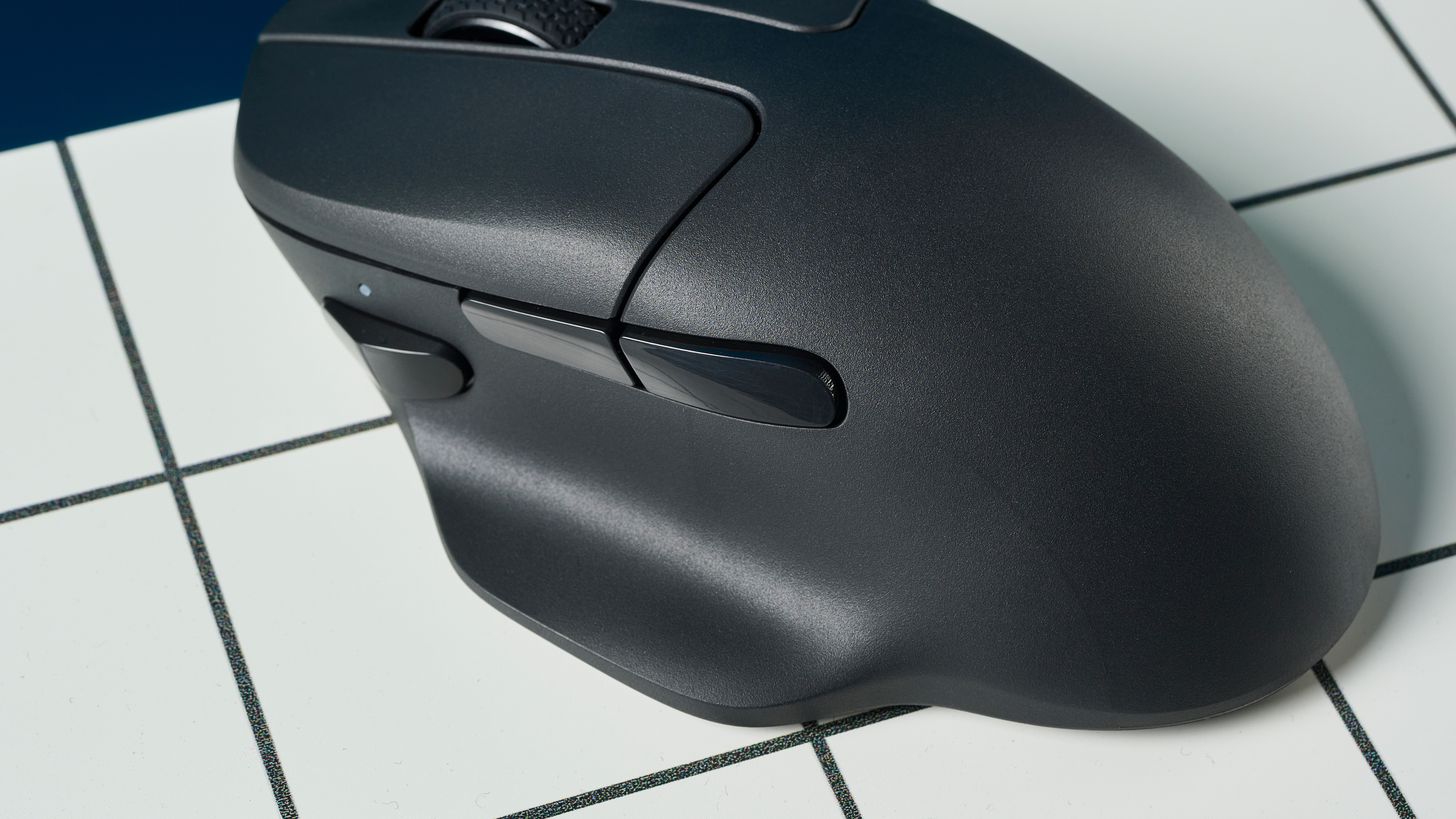
The Keychron M7 is built really well, and even though it weighs just 2.2 ounces, it feels sturdy. While its body is made of plastic, its classy matte finish makes the M7 look and feel premium. What this mouse succeeds at most, however, is ergonomics, and it’ll likely be one of the most comfortable gaming mice you’ll find at this price point — if you’re right-handed, at least.
Measuring 5.02 x 3.03 x 1.59 inches, it fits the length of my hand and is lovely to use with both palm and claw grips. On the left side of the M7 is a thumb rest. Unlike the Turtle Beach Pure Air ($99) whose thumb rest was barely protruding, the M7’s acts as a proper shelf and provides some relief when using the mouse for extended periods of time. This is especially useful when I’m working at my desk for long, or sinking hours into Baldur’s Gate 3.
Get instant access to breaking news, the hottest reviews, great deals and helpful tips.
Also worth mentioning are the Huano Micro switches used in the M7. Switches affect how the buttons feel to press, and these have a nice tactile feel to them. They don’t take much effort to press either, which is great for reducing finger strain and improving comfort.
Gaming performance
For casual gamers on a budget, the Keychron M7 offers an awesome gaming experience. The M7 features the PixArt 3395 sensor — the one you’ll find in the more expensive Keychron M3 Mini 4K Metal ($99) — and Keychron claims this sensor is “the strongest, most competitive grade mouse sensor chip.”
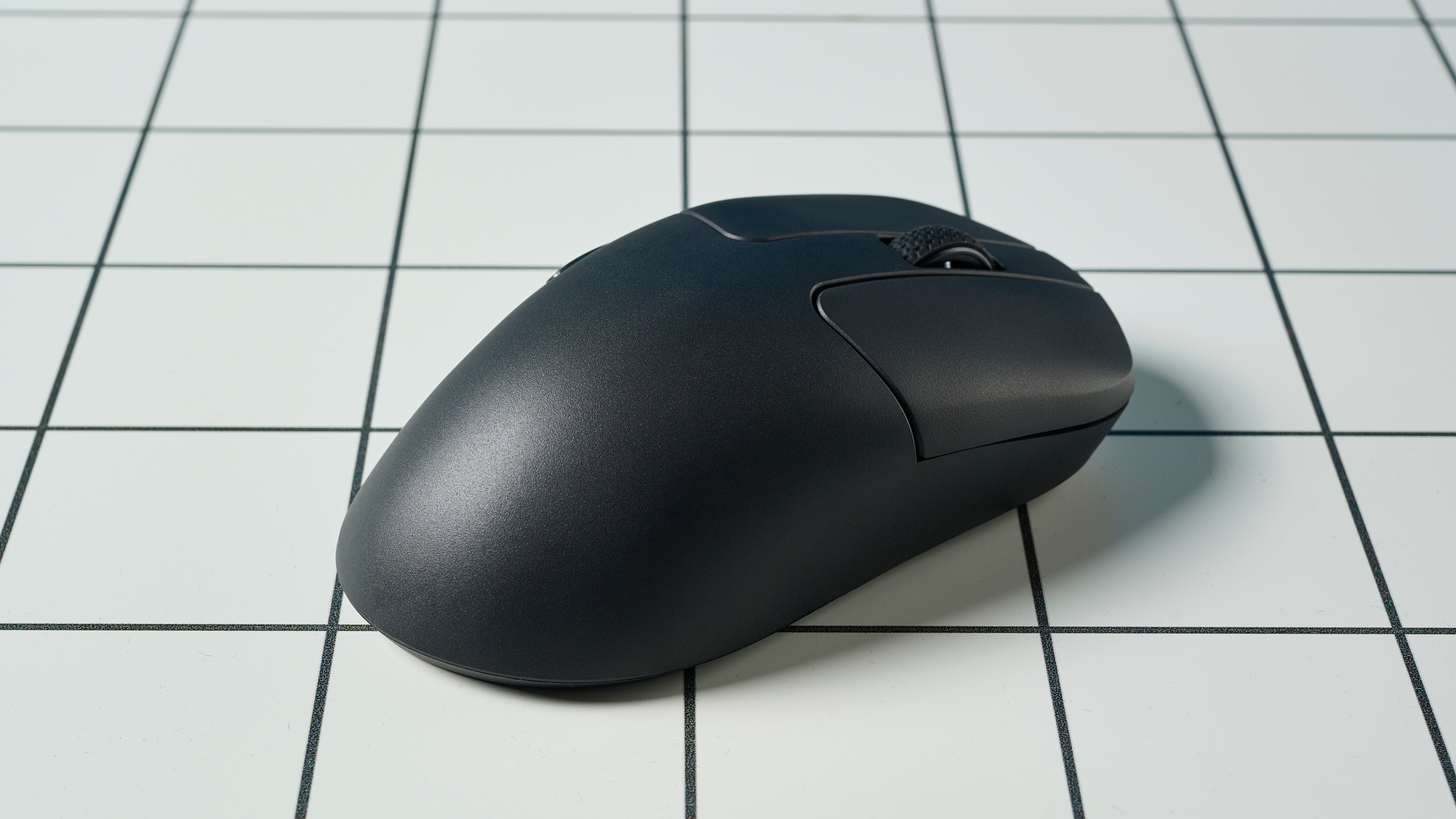
A maximum DPI of 26,000 makes this mouse great for first-person shooters as you can make quick movements in close-quarter combat. The mouse has a 1,000Hz polling rate that’s achievable only when it’s either connected via a USB cable, or over the 2.4GHz dongle. Don’t expect wonders over Bluetooth as, naturally, this drops to 125Hz (which is fine for productivity). This 1,000Hz polling rate will suffice casual players, but I’d recommend competitive players to loosen the purse strings and get the M3 Mini 4K Metal with its 4,000Hz polling rate instead.
To test the M7’s gaming capabilities, I turned to third-person RPG Red Dead Redemption 2, and first-person shooter Counter-Strike: Global Offensive. RDR2 isn’t as high-stakes as the latter, but you still need a mouse that won’t let you down when you’re running away from the sheriffs or fending off a bear or alligator. A higher polling rate results in smoother and more responsive cursor movements, so the M7 fares well when taking quick aims in Dead Eye mode in RDR2.
As for CS:GO, the M7’s 26,000 DPI helped me achieve headshots accurately and even chain stab opponents at close quarters. Clicking the button on the underside of the mouse to change DPI settings came in clutch too, as I could reduce the DPI for better accuracy while using snipers and other long-range weapons. Overall, the M7 is well-suited to FPS and RPGs alike.
Great for office use
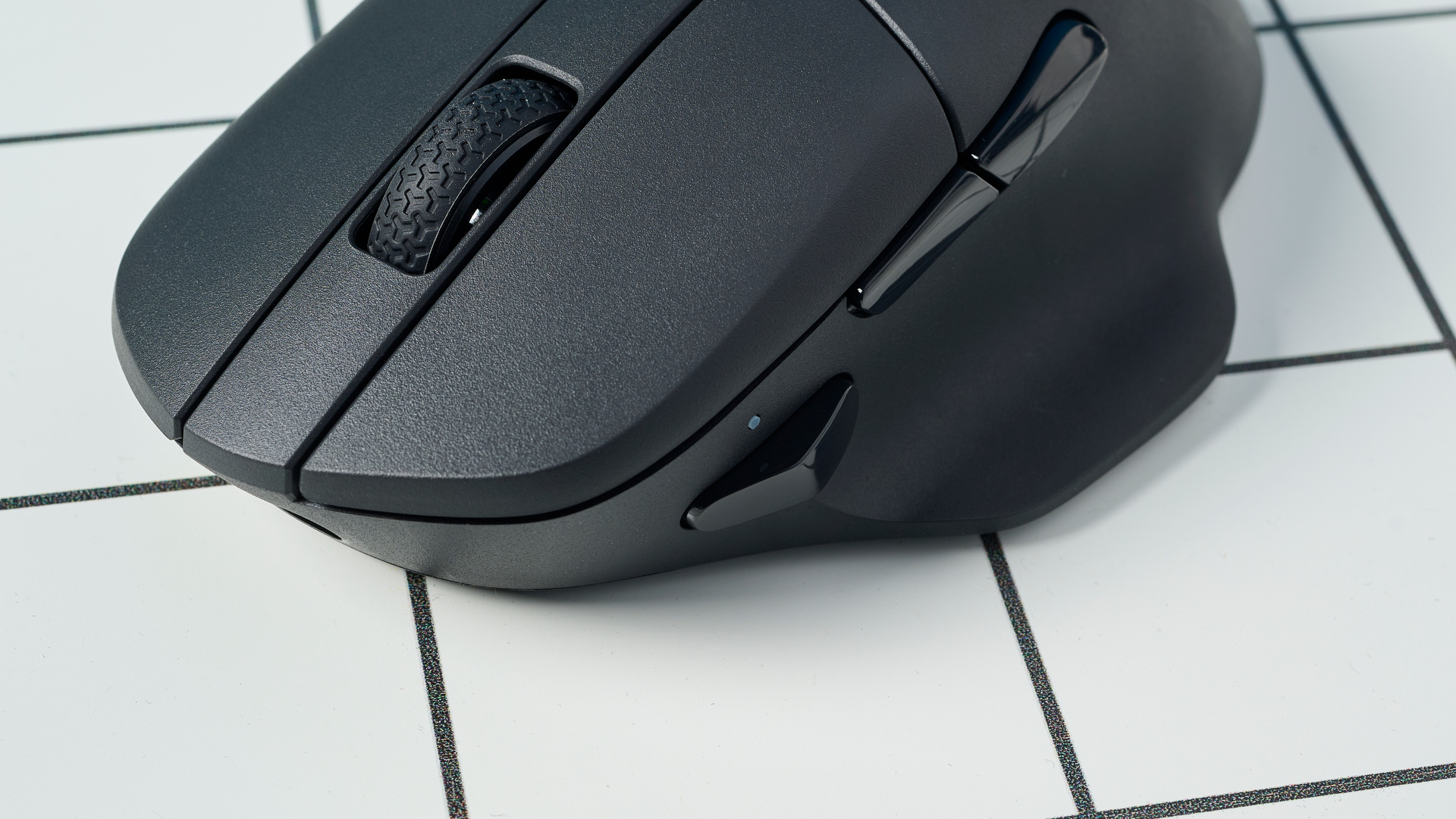
While the Keychron M7 is primarily a gaming mouse, it doubles as a great office mouse — negating the need for buying two separate mice. Its thumb rest is, of course, mighty comfortable while working, and the feet on the mouse’s underside ensure a smooth gliding and tracking experience.
The feet are made of PTFE, a low friction, hydrophobic material that’s resistant to wear and chemicals, and they help the mouse glide across wooden, plastic and glass surfaces. So if you’re working on one of the best monitors with a large screen, you can easily move the mouse across your table to ensure the cursor spans across the length and width of your monitor.
The mouse doesn’t feature any RGB lighting either, so it won’t feel out of place in the professional space.
Versatile connectivity modes
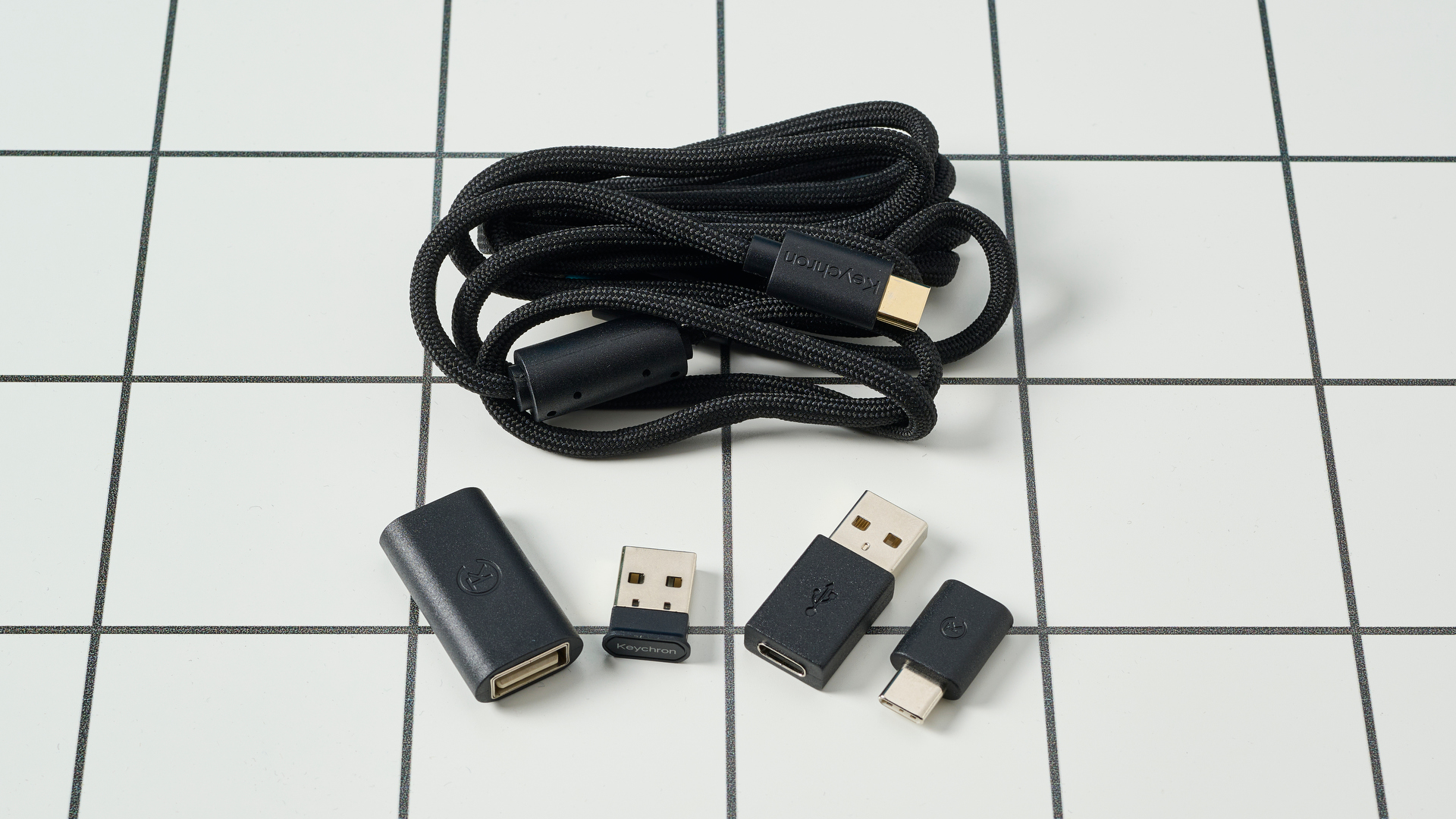
The Keychron M7 comes with a variety of connectivity options. You can connect this mouse to your machine via the included USB-C cable, 2.4GHz dongle, or simply via Bluetooth. But that’s not all. Keychron has made sure no one feels like they’re being left behind.
How? In the box, you’ll find a type-C cable, but you’ll also find a type-A to type-C adapter. Additionally, the box includes two dongles — a type-A and type-C receiver — alongside an extension adapter. The inclusion of these make me like the M7 even more because you can use this mouse with old and new laptops which only have USB-C ports.
Companion software
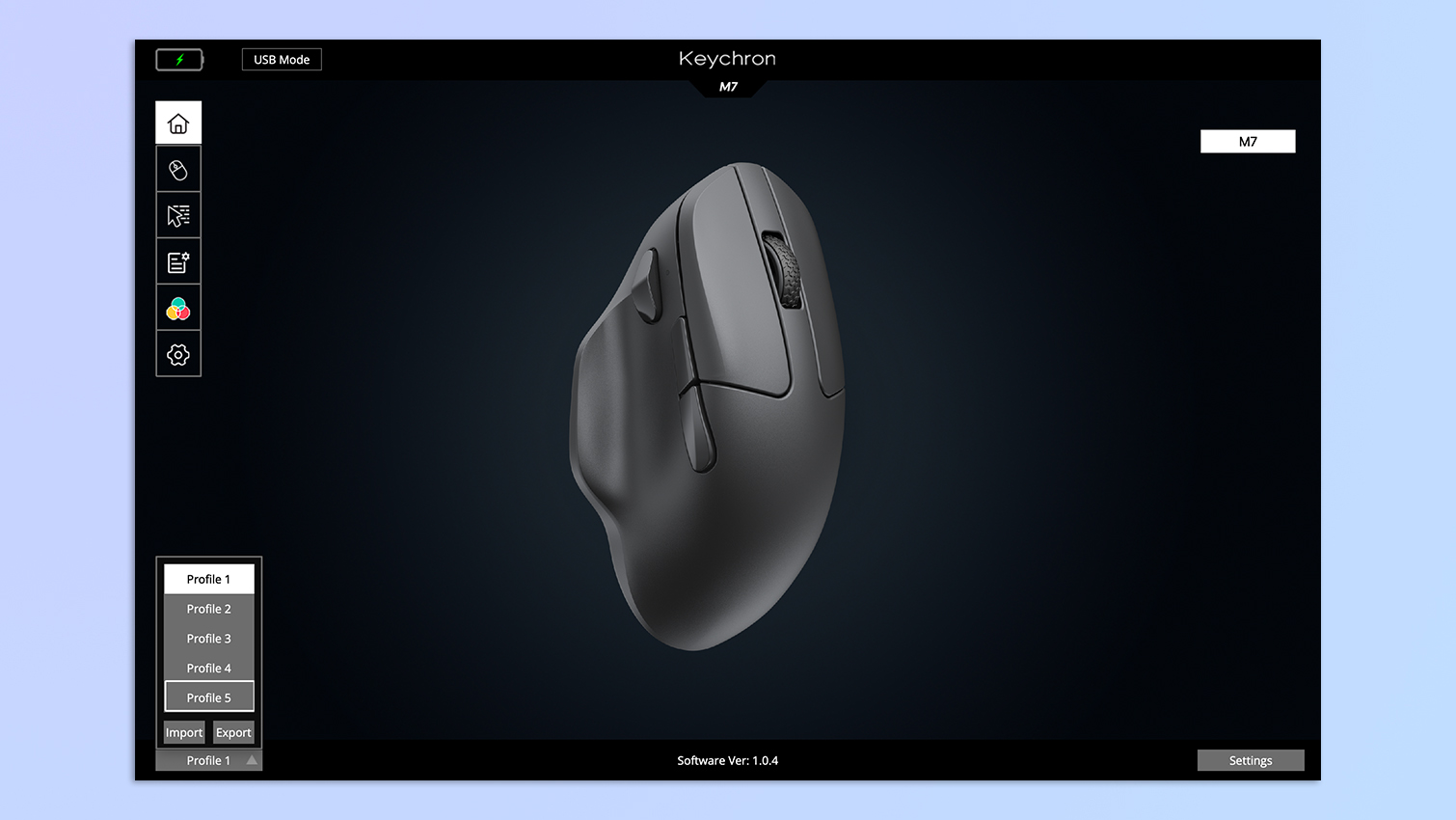
Keychron Engine is one of the most straightforward companion softwares I’ve used — unlike ASUS’ Armoury Crate, my archnemesis. Available on both macOS and Windows, Keychron Engine lets you customize the M7 by remapping buttons, programming macros, setting specific DPIs to the DPI button, and managing polling rate.
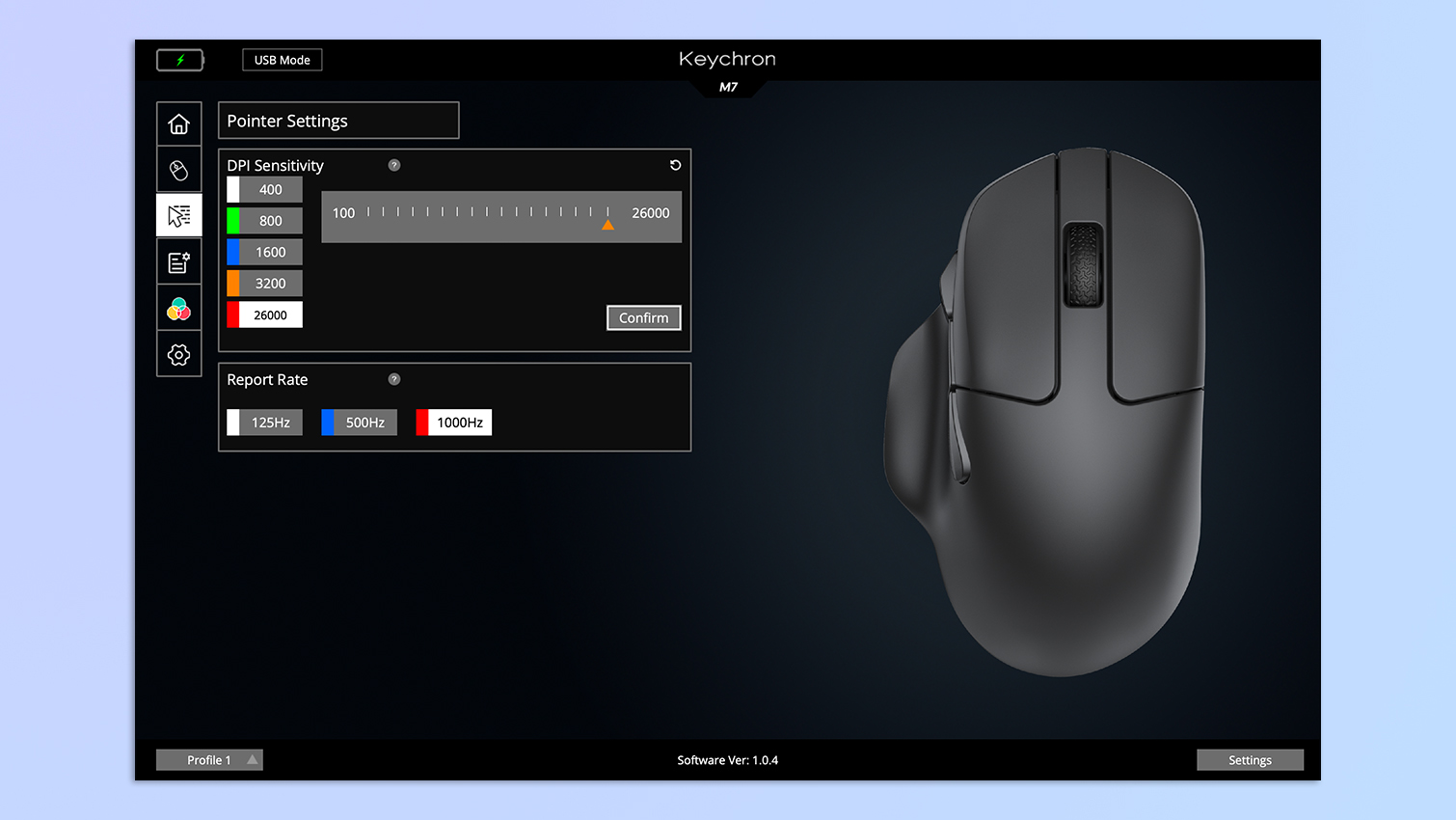
You can also save up to five custom profiles, so if you want a different profile for work and gaming, that is possible with Keychron Engine.
Price
For all that it offers, the Keychron M7 is excellent value for money. At just $49 / £49, you get stellar gaming performance, versatile connectivity modes, and user-friendly companion software — all packed in a very comfortable, ergonomically-friendly body. A lot of the gaming mice we’ve tested will cost you a pretty penny, but not the M7.
Keychron M7 review: The downs
It’s difficult to find products that are flawless, and sadly for Keychron, the M7 has a few. Its battery life is underwhelming, there’s no dongle storage on its body, and it isolates left-handed people.
Substandard battery life
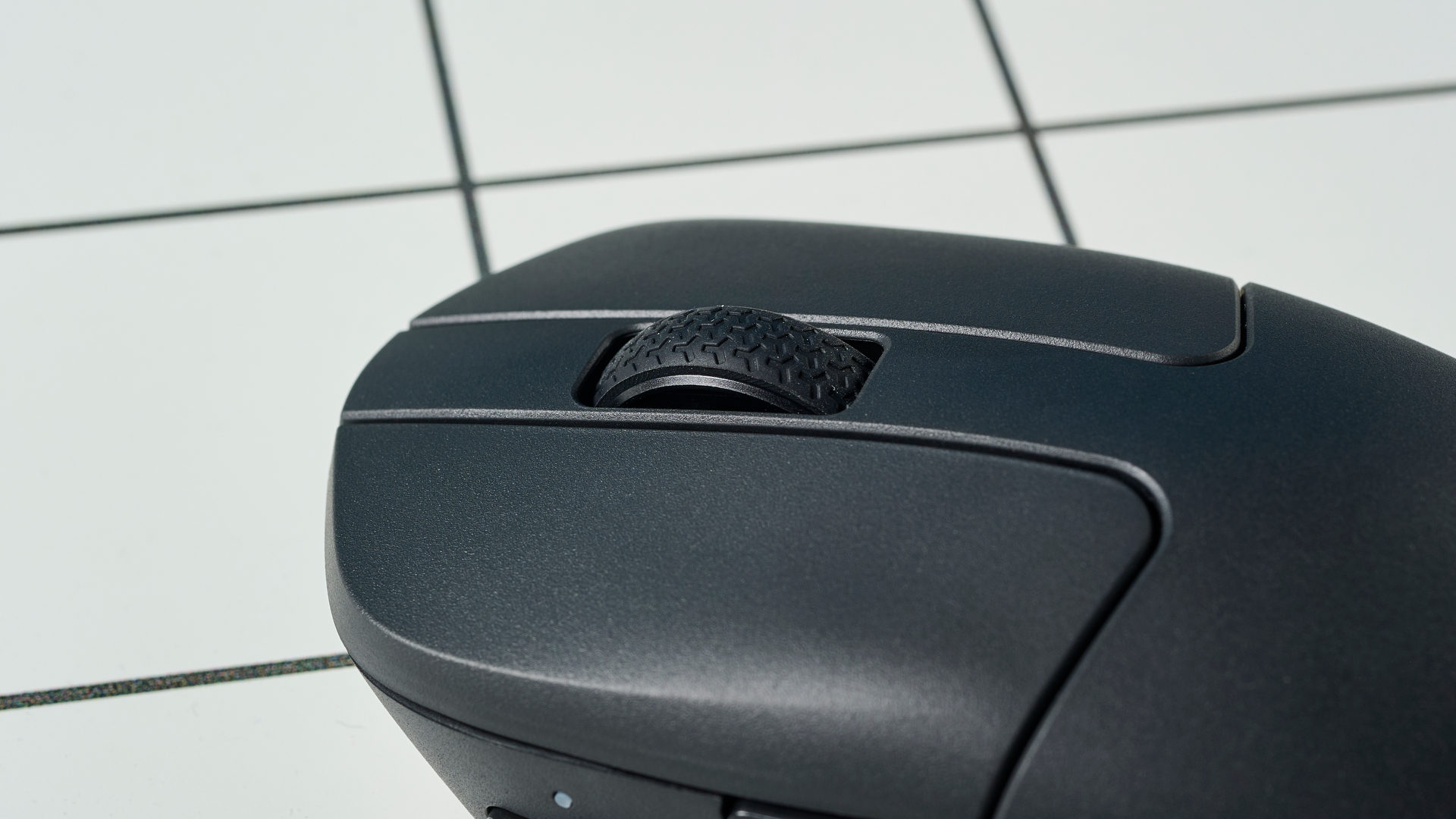
For a mouse that doesn’t host any RGB lighting, the Keychron M7’s battery is, surprisingly, rated at just 70 hours. When I first saw this, I thought Keychron was being conservative, but the more I used the mouse, the more I realized I wasn’t being lied to. After around 40 hours of use over the 2.4GHz dongle, the M7’s battery had dipped to 30%.
I also find it surprising that the Keychron M3 Mini 4K Metal has the same 600mAh battery, but can last up to 135 hours (at the full 1,000Hz polling rate). If you’re looking for even better battery life, you’ll have to spend a little more on a mouse like the Glorious Model O 2 (up to 210 hours, $99).
No onboard dongle storage
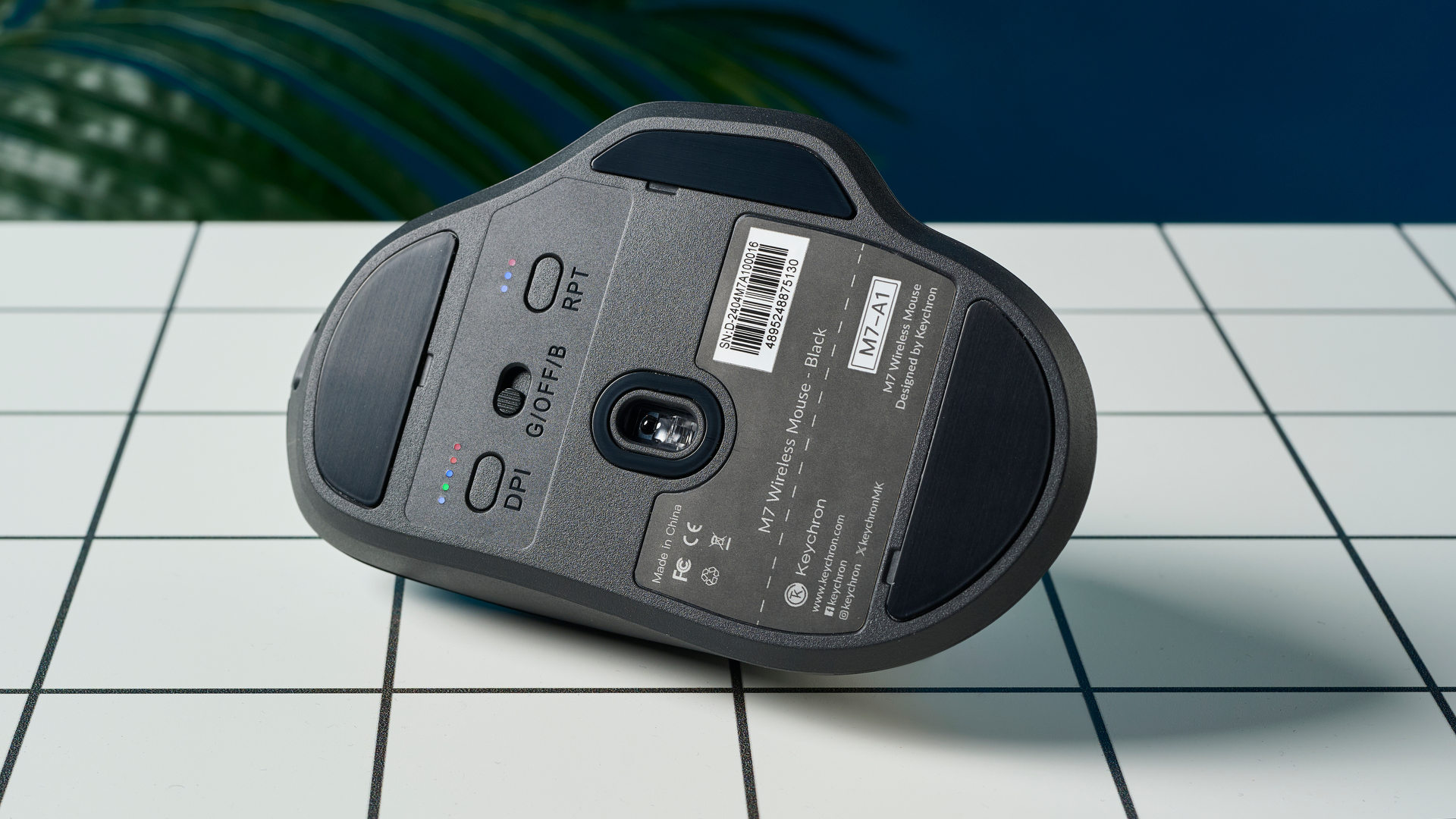
As I mentioned, the Keychron M7 comes with a type-A and type-C dongle. But unfortunately, there’s no dongle storage on the mouse itself. Similarly priced mice, such as the Corsair Harpoon RGB Wireless ($50) and the Logitech G305 ($60) have dongle compartments on their bodies. However, you’d be compromising on gaming performance as these mice have lower DPIs and polling rates. You win some, you lose some, huh?
No left-handed version
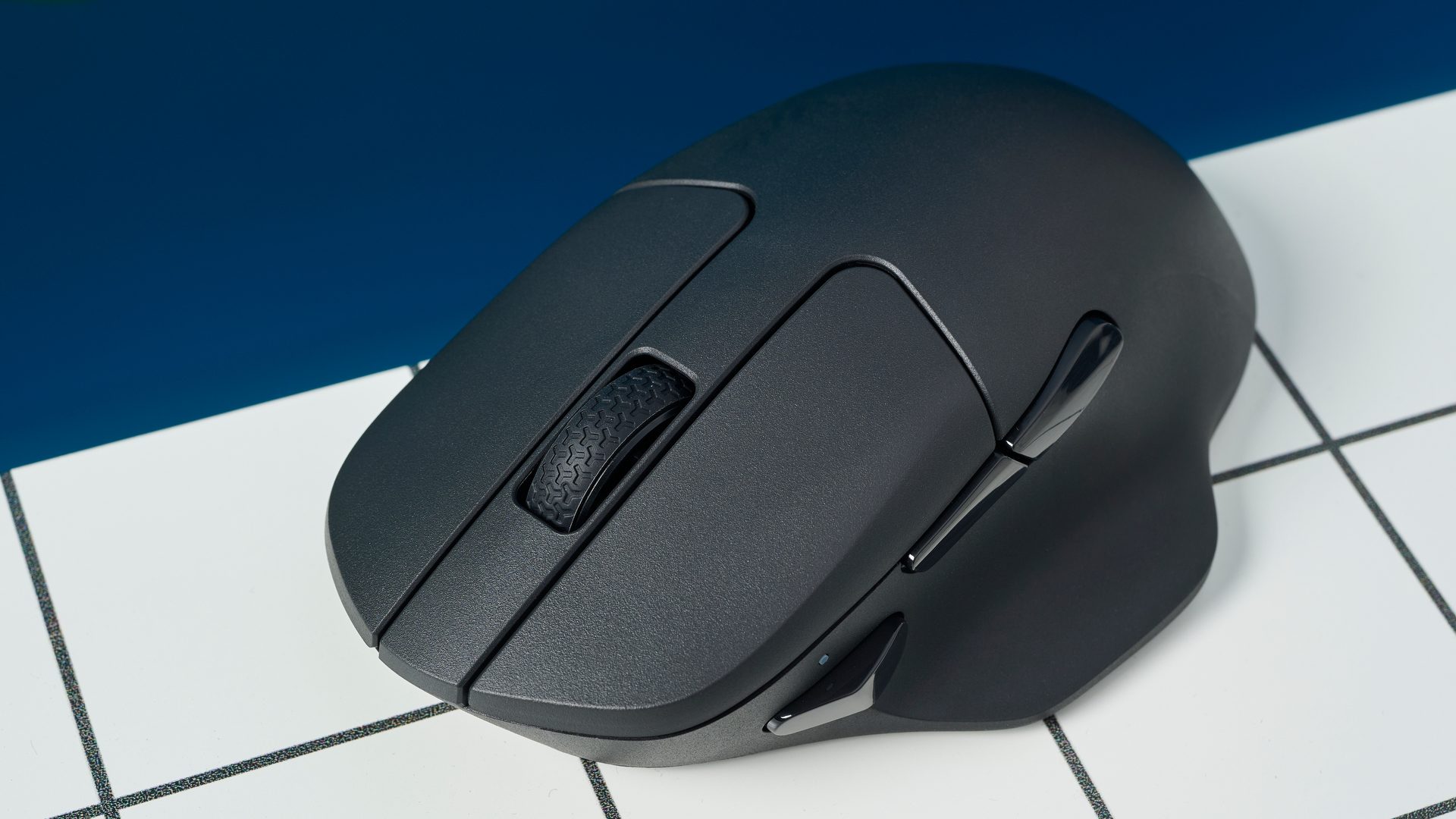
While the Keychron M7 is very comfy for right-handed people, there is no left-handed version, which is a shame as this is a mouse that’s quite easy to recommend.
We have seen mice that come in both variations, such as the Logitech Lift ($69) making comfort accessible to all. Keychron misses a trick here, sadly. Sorry, lefties.
Keychron M7 review: Verdict
The Keychron M7 proves to be an outstanding gaming mouse, especially given its $49 price tag. With its superb gaming performance, versatile connectivity options, and comfortable ergonomic design, it stands out in a crowded market. The M7 excels in delivering a lightweight yet sturdy build, which accommodates right-handed users who like to use both claw and palm grips.
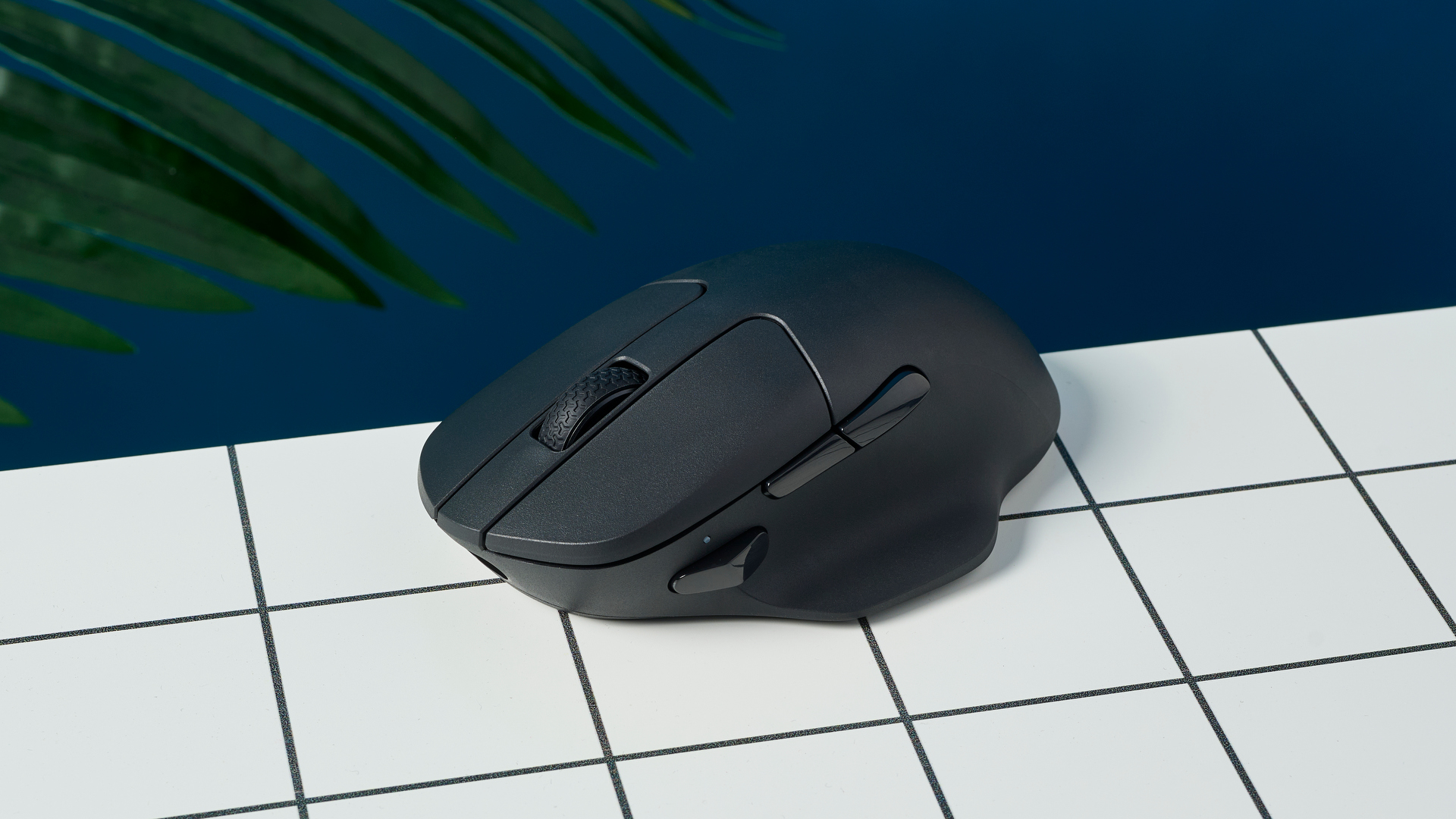
Alongside this, its high 26,000 DPI and 1,000Hz polling rate enable rapid precise movements, making it a great choice for FPS and RPGs. And it’s suitable for office use too.
It isn’t without its faults, though, as its battery life is underwhelming for a mouse that doesn’t boast any RGB effects. The absence of onboard dongle storage is another drawback. Lastly, the lack of a left-handed version limits its accessibility, which is disappointing given the mouse’s ergonomic advantages for righties.
But despite these issues, the M7’s high DPI and polling rate, tactile switches, and ergonomics make it a compelling choice for both gamers and office workers alike. If you’re in the market for a budget-friendly yet high-performing mouse, your search ends here.

Nikita is a Senior Writer on the Reviews team at Tom's Guide. She's a lifelong gaming and photography enthusiast, always on the lookout for the latest tech. Having worked as a Sub Editor and Writer for Canon EMEA, she has interviewed photographers from all over the world and working in different genres. When she’s not working, Nikita can usually be found sinking hours into RPGs on her PS5, flying a drone (she's a licensed drone pilot), at a concert, or watching F1. Her work has appeared in several publications including Motor Sport Magazine, NME, Marriott Bonvoy, The Independent, and Metro. You can follow her photography account on Instagram here.
